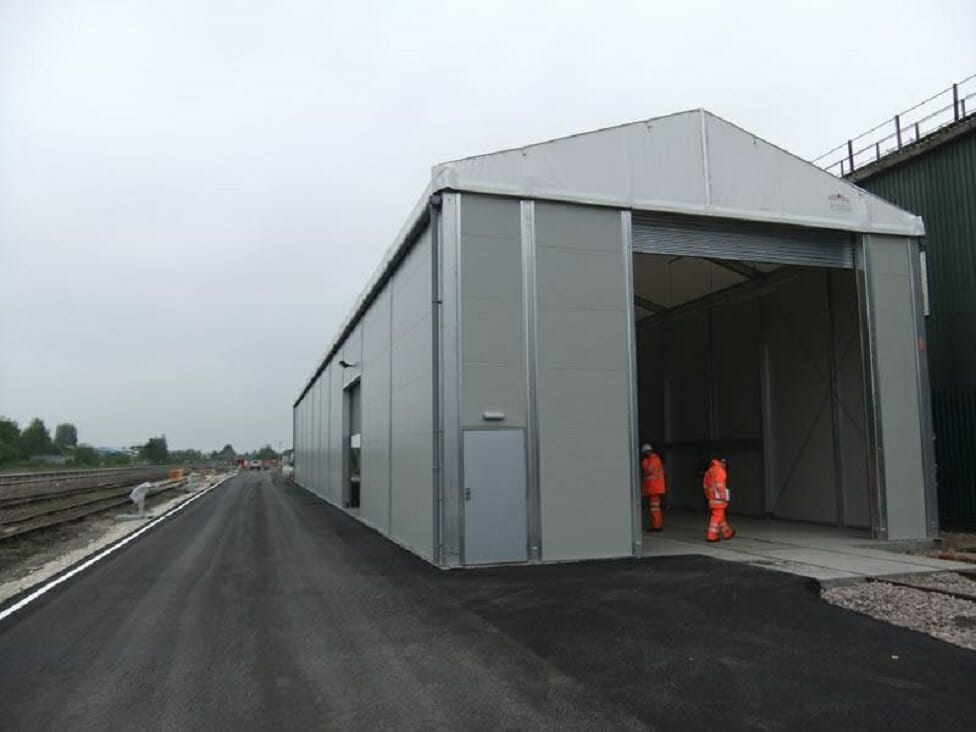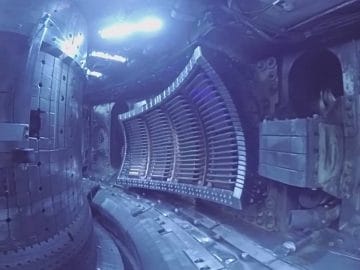Tremors and vibrations can travel through structures when there are earthquakes, or even when large trucks passes by buildings.
Now, MIT researchers have developed a computational building model that has the capability of making sense of these ambient vibrations, and getting data from the noise that give indications of a building’s stability. This model can be useful to monitor a building over time for different signs of damage or mechanical stress. The researcher’s results have been published online in the journal Mechanical Systems and Signal Processing.
According to Oral Buyukozturk, a professor in MIT’s Department of Civil and Environmental Engineering (CEE), “The broader implication is, after an event like an earthquake, we would see immediately the changes of these features, and if and where there is damage in the system. This provides continuous monitoring and a database that would be like a health book for the building, as a function of time, much like a person’s changing blood pressure with age.”

Source: BC
The research team was able to test its computational model on MIT’s Green Building, which is a 21-story research building that is made completely out of reinforced concrete. This building was designed in the 1960’s by the architect and MIT alum I.M. Pei ’40. It stands as the tallest structure in Cambridge, Massachusetts. In 2010, the MIT team collaborated with the United States Geological Survey to install the building with 36 accelerometers which record vibrations and movements on selected floors, from the building’s foundation to the roof.
To be able to accurately predict a building’s response to different vibrations, the group got data from the Green Building’s accelerometers, searching for key features that correspond directly to a buildings indicators of health. So the team developed a new method with the seismic interferometry concept which shows how a vibration’s pattern changes as it travels from the ground level to the roof.
The researchers ran the model many times, each with a set of measurements they got from the accelerometers at a given point in time. The researchers plugged into the model vibration measurements which were taken continuously over two weeks in May 2015.

Sample of a sensor. Source: MIT
“We are continuously making our computational system more intelligent over time, with more data. We’re confident if there is damage in the building, it will show up in our system.” Buyukozturk said.
The Result
According to Buyukozturk in Science Daily, “The building is safe, but it is subject to quite a bit of vibration, particularly in the upper floors. The building, which is built on soft soil, is long in one direction and narrow in the other with stiff concrete walls on each end. Therefore, it manifests torsional movements and rocking, especially on windy days.”
The team is planning to verity their computational model with experiments done in the lab. They have created a 4-meter tall replica of a building structure, and install accelerometers. They will be further studying ambient vibrations, particularly on their effects on the structure. They will also be testing the response of the structure to hammer strikes as well as other tremor stimuli. They will also be constructing a large steel structure in Woburn, Massachusetts, which will be as tall as a cellphone tower to do experiments that will help strengthen their computational model.
Once this research will be refined in the future, it would be a great idea to have it installed on all buildings especially in countries where earthquakes are prevalent. This monitoring system can make structures “smart” and keep us alert after strong tremors to see if the structures are still safe to occupy or work in. After all, safety is one of the most important priorities.
Article Sources














